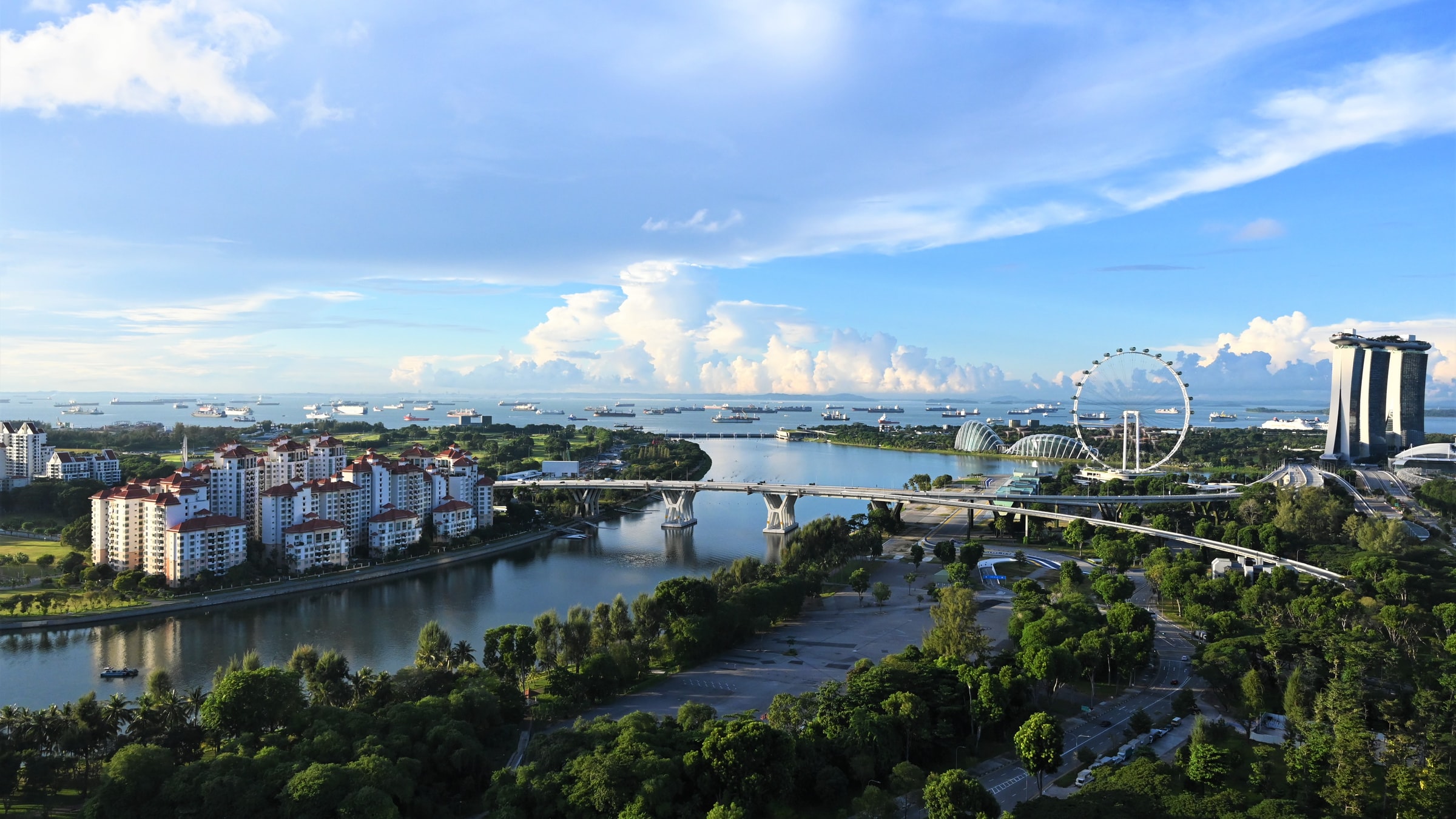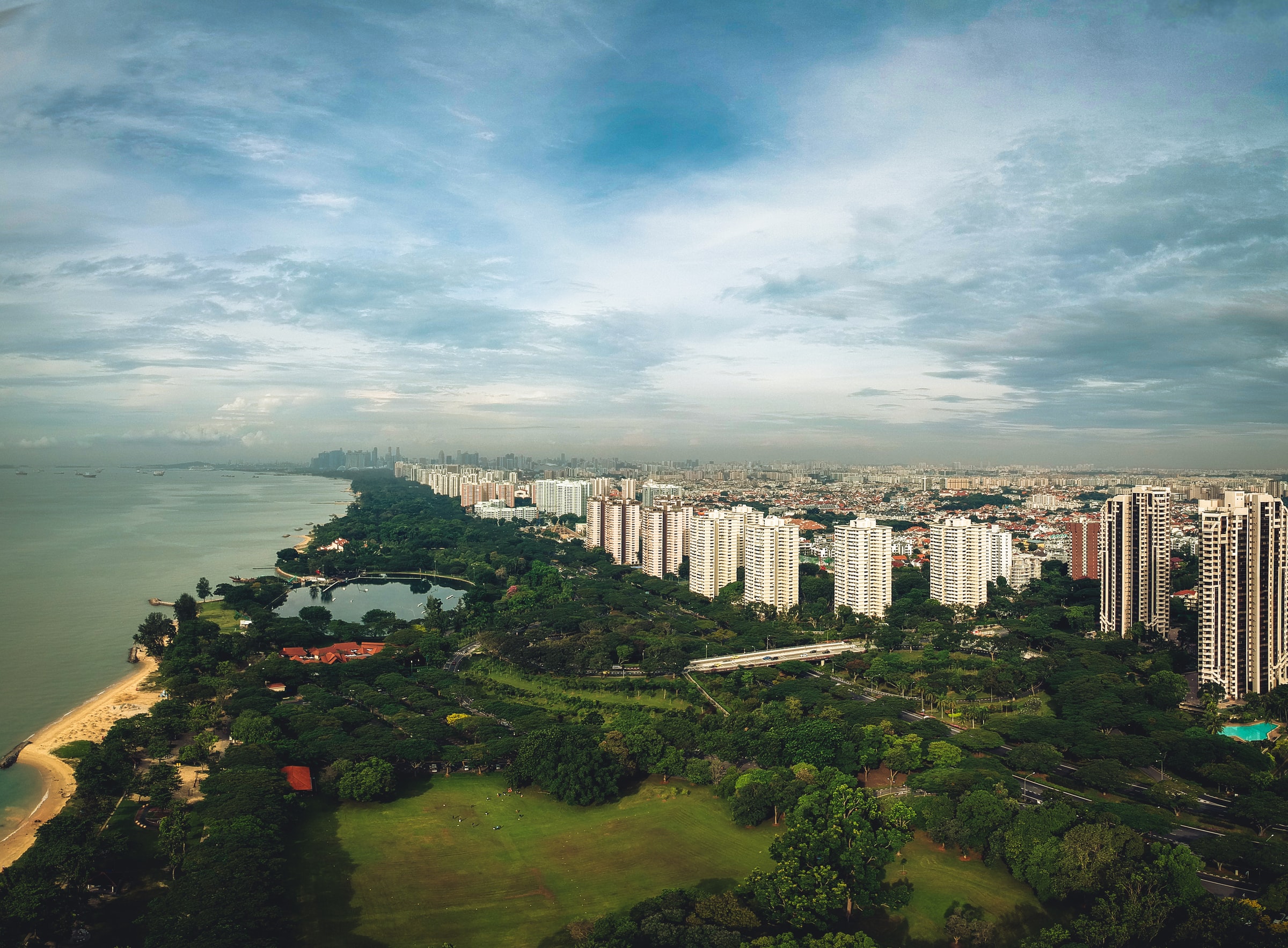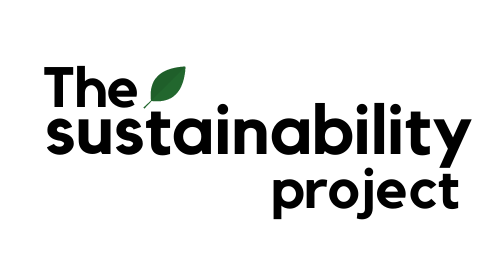A wildlife oasis—a term that aptly describes Primeval Singapore when over 90% of our land area was covered by forests. Fast forward to 2021, the story of Singapore’s natural spaces couldn’t be more different. Did you know, over 99% of our original forests have been cleared with the industrialisation and development of modern-day Singapore?
As of 2011, a study done by the National Parks Board (NParks) revealed that primary forests (forests that have never been touched or cleared) cover a meagre 0.28% of Singapore’s land mass. Meanwhile, secondary forest coverage (forests that were cleared but have since grown back) stands at a more encouraging 21.1%.
While what primary forest we have left is now, thankfully, under conservation status, the same cannot be said of our secondary forests. The threat to Singapore’s natural spaces remain, and the need for conservation is as urgent as ever before.
Just recently, one such plot of land was gazette for redevelopment: Dover Forest.
What’s Up With Dover Forest?
Dover Forest used to be a rubber plantation in the early 1900s. It has since been abandoned after World War II, and have remained relatively untouched since the 1980s. In the years since, the forest has regrown and thrived, and is now home to a thriving biodiversity.
In January, it was revealed by the Housing and Development Board (HDB) that the land was slated for residential development. Nature groups and the public rallied in response, calling for alternative land spaces (like golf courses) to be used instead. Meanwhile, they proposed that the forest to instead be converted into a public-cum-nature park for all to enjoy.
Because of the significant public outcry, the Government extended the public feedback session by four weeks, ending 1 March 2021.
While the fate of Dover Forest is not yet sealed, the conversation surrounding it has been ongoing for years: Is the sustainable development of our nation a lost cause?
Maybe not.
Green Plan 2030
Just recently, Singapore announced the Green Plan 2030, a “whole-of-nation movement to advance Singapore’s national agenda on sustainable development.” Accordingly, one of its key goals is to transform Singapore into a “City in Nature”, taking our Garden City namesake one step further.
Under this plan, a few steps will be taken to ensure the sustainable development of Singapore, including:
- Setting aside 1,000 hectares for green spaces (of which 200 hectares will be dedicated to new nature parks)
- Planting one million more trees
- Working with communities and non-governmental organisations (NGOs) to develop programmes that allow people and wildlife to co-exist
While laudable, there’s still much room for improvement when it comes to the conservation of our natural spaces. This is where we can play a part!
As mentioned in the Green Plan 2030, the government will be working with communities and NGOs alike to transform Singapore into a ‘City in Nature’. Thus, we have a say in how we want Singapore to look like by 2030, and beyond.
How You Can Make a Difference in Singapore’s Sustainable Development

Here are some suggestions on how you can make your voices heard and play a part in conserving Singapore’s natural spaces:
1) Do Your Research on Singapore’s Natural Spaces
Many of us speak about the importance of conserving natural spaces, but do we actually understand the value they bring? If someone asked, will you be able to share the science and research behind why conservation is essential?
Perhaps it’s time to learn!
Delving into Environmental Baseline Studies
Prior to redevelopment of sensitive areas, HDB will release an Environmental Baseline Study (EBS) of potentially-affected areas. Within the report, you’ll find everything you need to know about the land. This includes the biodiversity present, the threat level of flora and fauna within, how potential development may affect the land surrounding the area, and more.
For example, the recent EBS of Dover Forest revealed that the space housed 46 species of trees, 120 species of flora, and 158 species of fauna. It also broke down the different types of biodiversity within the forest and which species were of particular concern.
Trying to plough through a 150+ page report might seem daunting, but there’s actually no need to go in-depth into every segment (unless, of course, you want to). Instead, you can just take a look at the executive summary, which details the pertinent information.
For a more in-depth look, read into the Results and Summary of Key Findings segment of each chapter. This provides you with a more thorough breakdown of all the aforementioned points (i.e. biodiversity, potential environmental impacts).
Counter-proposals and the Views of Nature Groups
NGOs like the Nature Society (Singapore) (NSS) also do their due diligence and release research covering the above-mentioned points. They, too have released their own findings alongside a counter-proposal with regards to the residential development of Ulu Pandan Estate.
Unlike HDB’s EBS, NSS’ reports are often much easier to digest. After briefly going over the key points covered by the EBS, NSS goes on to clarify any points which they feel were unclear or inaccurate. For example, their report on Dover Forest clarified that there were 11 threatened bird species in Dover Forest. On the contrary, the EDB only mentioned 6.
On top of clarifying information, the NSS aso introduces counter-proposals where relevant. For instance, they recommended that Dover Forest be converted to a public-cum-nature park instead of redeveloping it for residential use.
While research may not be the most interesting activity, this information is vital in informing the public on what we lose should these natural areas be developed, and whether the opportunity cost is worth it. Thus, they are invaluable to us coming up with constructive, actionable feedback that the authorities can use in their considerations.
2) Speak Out About the Conservation of Singapore’s Natural Spaces

You are now educated on what’s going on, but then what?
Read more: Being Realistic About Sustainability
Well, put your knowledge to good use by making your voices heard. There are various ways you can do so. For example, petitions were used to call for the conservation of both Clementi Forest and Dover Forest. Both petitions garnered incredible traction that saw the government taking action to clarify their intentions with regards to development (in the case of the former), or extend the window for public feedback (for the latter).
Alternatively, you can also write directly to the authorities to make your wishes known. Some avenues you can reach out to include the National Parks Board (NParks), the Ministry of Sustainability and Environment (MSE), the Ministry of National Development (MND), and the Housing Development Board (HDB).
Finally, you can speak directly to the Members of Parliament (MPs) in your estate at the regular Meet the MPs sessions.
We know, you might doubt your efforts. However, it is still important for the authorities to get a better understanding of what the people want. If sufficient individuals make their voices heard, they’re more likely to listen! We’ve already seen this happening for Clementi Forest and Dover Forest, so who’s to say that it can’t work for other natural spaces?
3) Be an Advocate for Singapore’s Natural Spaces
Finally, make advocating for sustainable development a part of your lives by becoming an ambassador for natural spaces in Singapore!
Take the lead to visit and indulge in Singapore’s natural spaces. Join guided tours where available to learn about biodiversity and wildlife in the area. Keep your eyes peeled the next time you’re out and about, and scan the canopies for birds, or the ground for little critters.
Bring your family and friends to visit, and show them the abundance of wildlife that exists in Singapore’s natural areas. The more people understand the value of natural spaces, the more they will speak out about them and advocate for these spaces.
If you’ve creative talents such as photography, videography, writing, and so on, make use of them to showcase these areas as well!
After all, Clementi Forest only shot to fame after a civilian captured stunning drone footage of the area. Once people had a glimpse of what Clementi Forest had to offer, they rallied together with a petition that has seen over 18,000 signatures to date.
Ultimately, the onus to conserve and protect these natural spaces falls on all of us. Yes, development is necessary for progress, but it’s up to us to decide where we want to draw the line.
We’ve already lost 99% of our original forests, what’s left is up to us to protect. If not for yourself, do it for the sake of your children and future generations to come.




